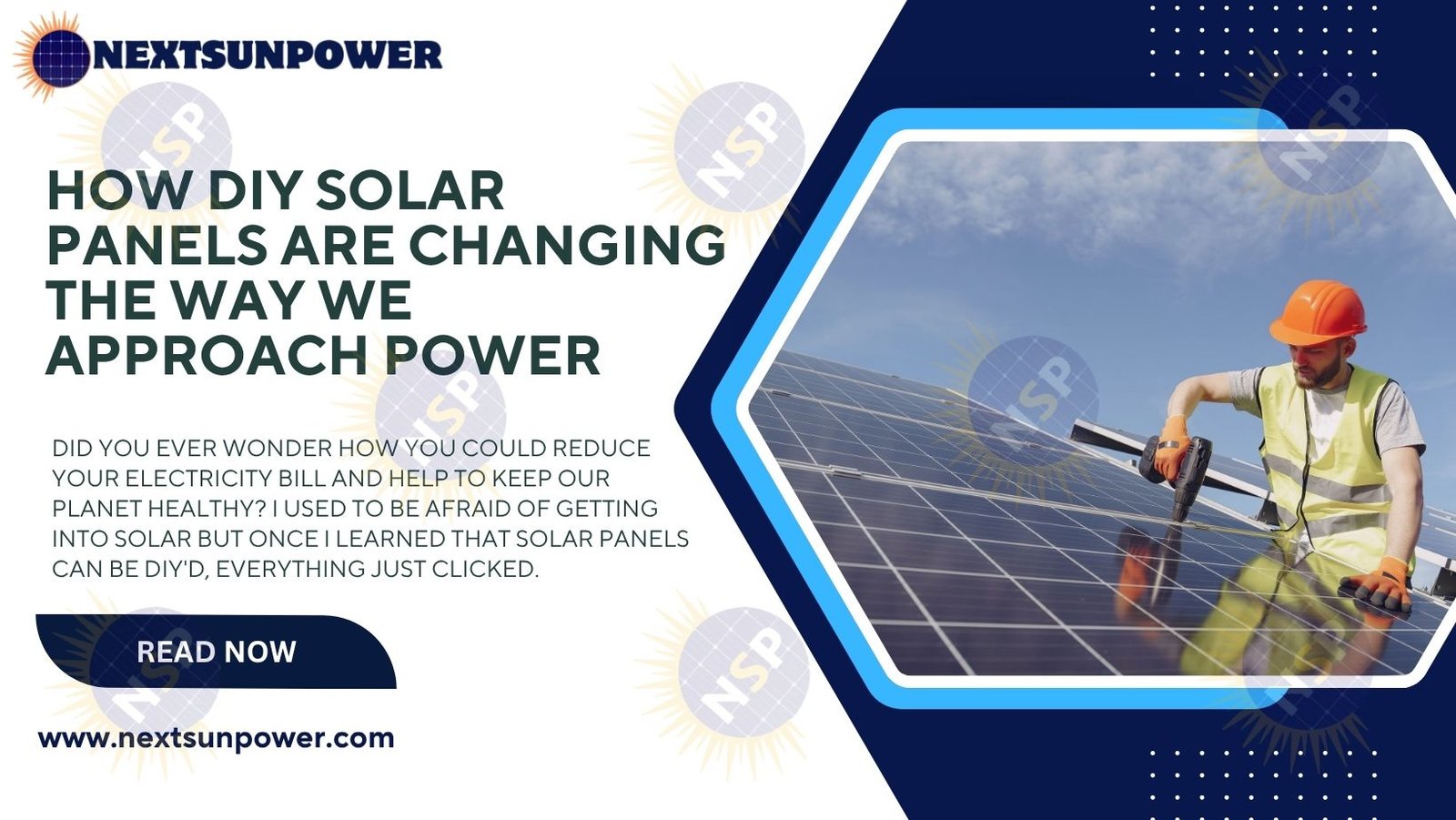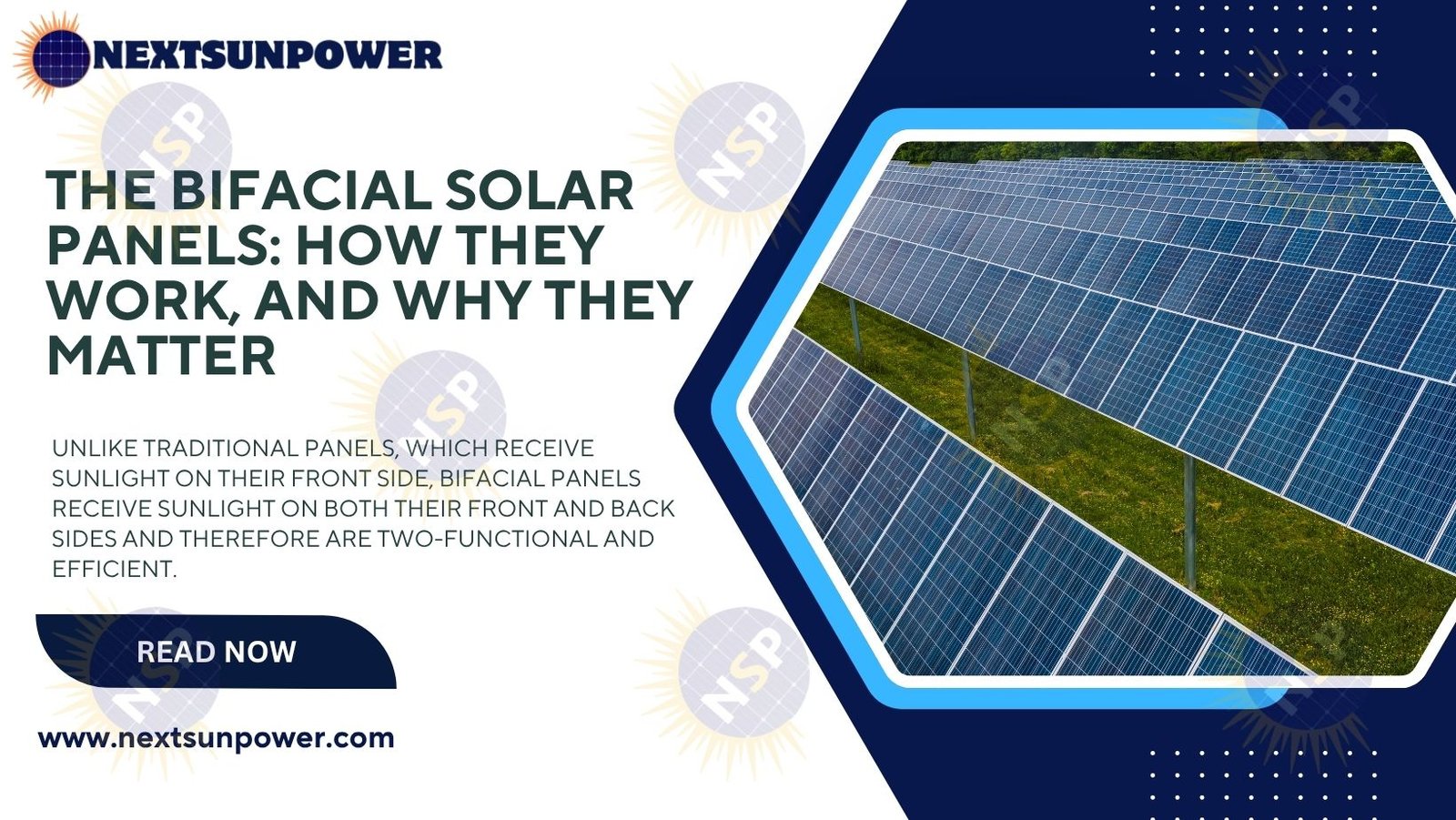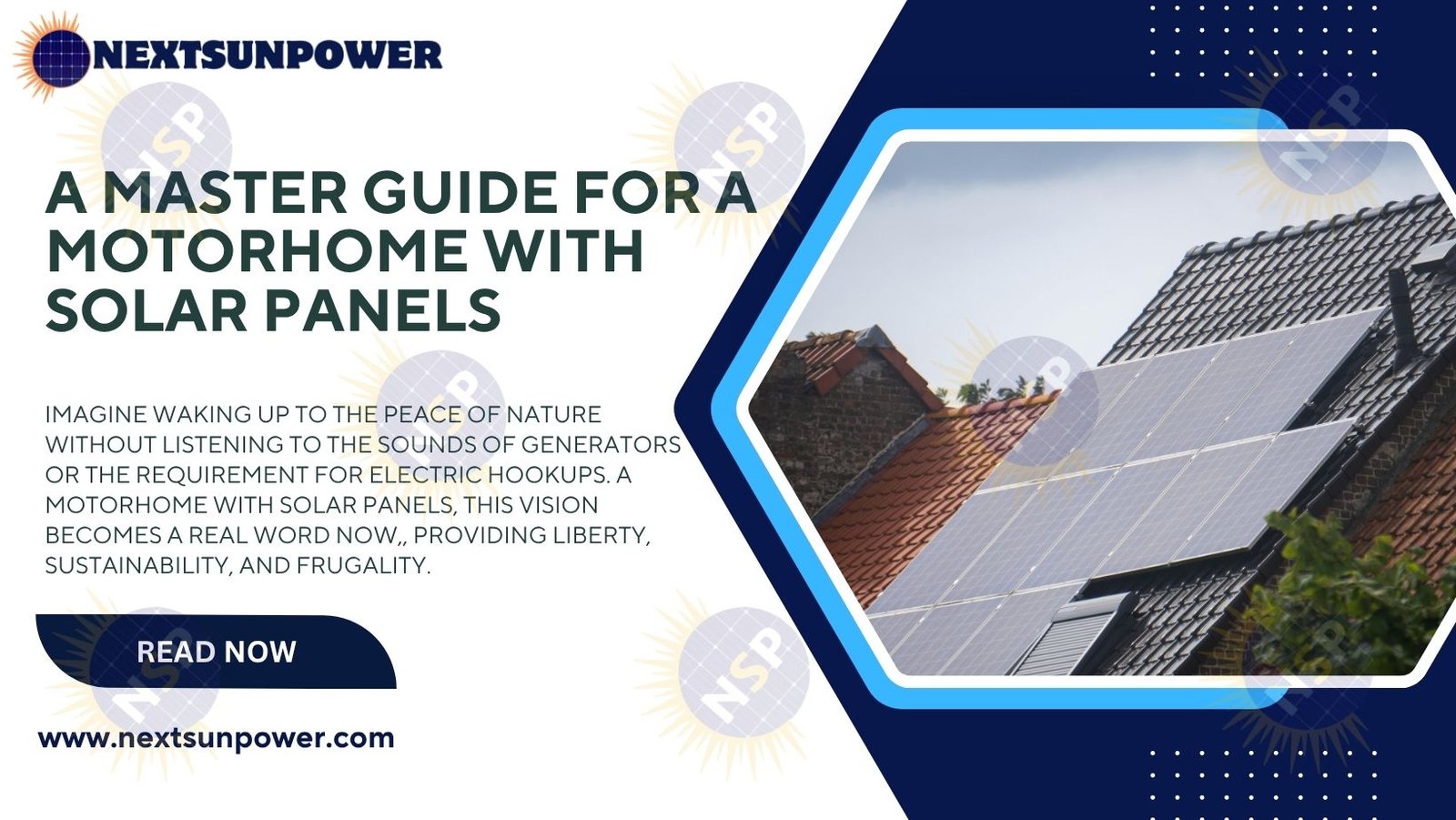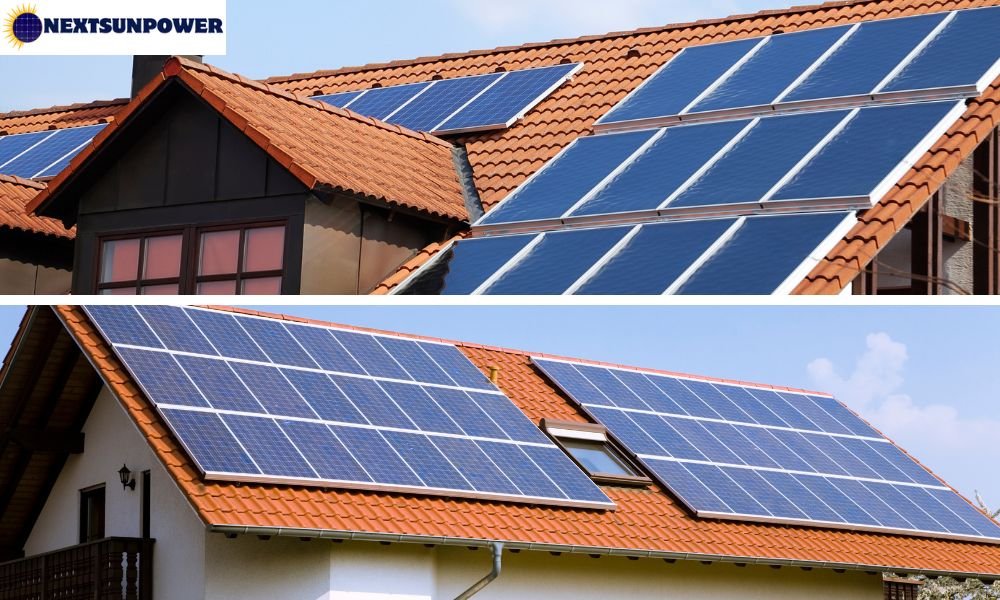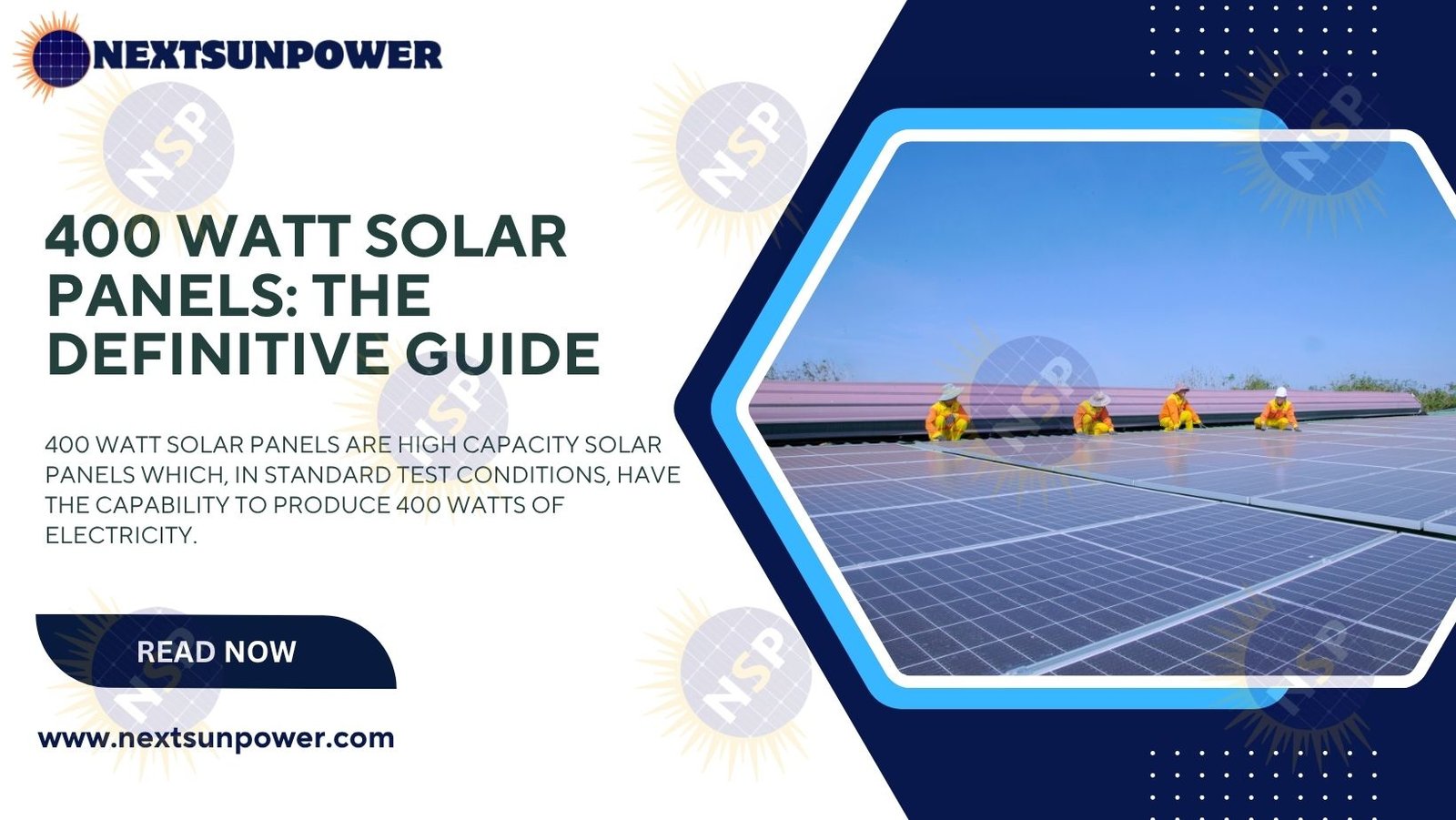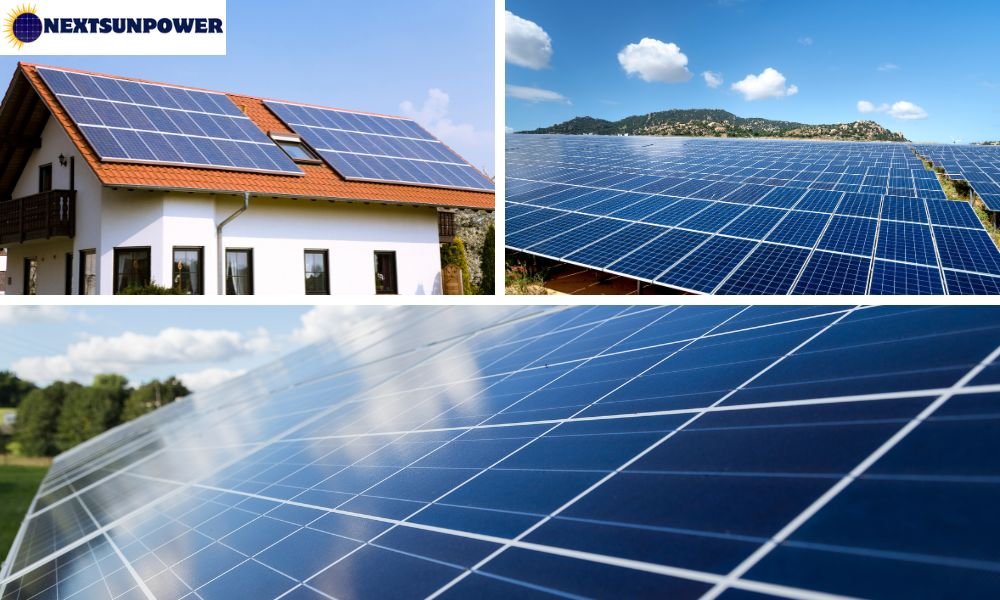Did you ever wonder how you could reduce your electricity bill and help to keep our planet healthy? I used to be afraid of getting into solar but once I learned that solar panels can be DIY’d, everything just clicked. They don’t take a lot of money, they work, and—are you shocked to hear this—they finish possible in one’s hand. Here I am going to tell you absolutely everything I am going to say despite the fact that you might know Nothing. If you are searching for diy solar panels home or desire to install an entire system with a battery backup, don’t worry, I’ll walk you through it.

What Are DIY Solar Panels?
Do-it-yourself, solar panels refer to solar power systems that you personally install and build rather than hiring a specialist. The systems are able to provide power to anything ranging from small gadgets to your entire house.
The function of solar panels is to generate electricity from sunlight. They’re perfect for homes, sheds, and cabins & can be installed by individuals with entry-level to mid-skill levels. They’re particularly popular with people who love to do things for themselves and have energy-use control.
Advantages of DIY Solar Panels
Doing it yourself to put in solar panels has a fairly substantial number of benefits. First, you will be paying a lot less for labor since it makes up between 10-20% of the price of a professionally installed system. Second, you have the freedom to plan the installation according to your home’s configuration and your energy requirements.
It’s also a great learning experience. You’ll be able to witness how solar energy works and learn some new things in the process. On a green level, solar panels minimize your carbon footprint and fossil fuel consumption. And even with residential installation, you can still qualify for federal and local solar tax credits.
Tip: Be sure to review your local codes and utility rules prior to starting out.
Parts Needed
Here’s a quick checklist of what you’ll need for your diy solar panels for home setup:
You will require solar panels to absorb sun rays and transform them into power. The panels need mounting hardware to hold them firmly to the roof or ground. The inverter will turn the direct current (DC) power produced by the panels into alternating current (AC) power consumed in your household.
Charge controllers govern how your batteries (if any) are charged to avoid overcharging or draining them. Batteries are not necessary but well worth it in the event that you may wish to save energy to use in the evenings or as emergencies. You also need proper wiring and connectors for plugging all of these parts into one complete system.
Step-by-Step Installation Guide
Step 1: Calculate Your Energy Requirements
Begin with checking your past electric bills to enable you to comprehend how much power you use on average. This will make you able to know how much solar panels you need for your system.
Step 2: Select the Most Efficient Panels
Select the top-grade diy solar panels depending on quality, guarantee, and usage in energy consumption. Tier 1 panels are durable and have longer lifetimes.
Step 3: Plan Your System
Sketch out a layout for where the panels will go. Make sure you receive as much sunlight as you can during the day. You can even use solar calculators online as a guide.
Step 4: Installing the Mounting Hardware
Install the mounts or rails first on your surface of choice. Use good alignment tools to make sure everything is aligned and installed correctly.
Step 5: Install the Panels
Mount the panels onto the mounted hardware and face them south (in U.S. climates) to capture as much sunlight as available.
Step 6: Mount the Inverter and Wiring
Connect your panels into your inverter and your inverter to your main electrical panel. This configuration allows your home to tap electricity from your panels.
Step 7: Test the System
Verify voltage and output levels with a multimeter or diagnostic tool. Verify connections are safe and functional before turning your system on completely.
The whole process may take anywhere from 7–12 hours depending on your system. Design may take 1–2 hours, installation 4–6 hours, and electrical connections another 2–4 hours. A drill, safety harness, wrench, wire stripper, and a multimeter will come in handy.
Cost Breakdown
Here below is an estimated minimum 3kW diy solar panels system cost:
| Component | Estimated Cost |
| Solar Panels | $1,000 – $3,000 |
| Inverter | $600 – $1,200 |
| Mounting Kit | $300 – $600 |
| Wiring & Accessories | $200 – $400 |
| Battery (Optional) | $1,000 – $3,000 per unit |
| Total Cost | $5,000 – $7,500 |
That is well below what it would cost to have someone do it professionally, between $10,000 and upwards for the same system.

DIY Solar Panels with Battery Storage
By incorporating a battery storage system to your residential solar project, you are even more self-sufficient. You have the capability of storing extra power during the daytime and using it in the night or even in the case of a blackout.
Some of the batteries which could be employed include:
Lead-Acid Batteries: They are the cheapest and most reliable but less durable.
Lithium-Ion Batteries: They are light and long-lasting but higher upfront cost.
Saltwater Batteries: They’re toxic-free and green friendly but still a fairly new technology.
Personally, I installed a lithium-ion battery in my system last year. It’s been wonderful for outages. If you’ve got a heavy outage region or simply want a bit of added peace of mind, I highly recommend exploring diy solar panels with battery storage.
Maintenance Tips
To maintain your home-made solar panel system in working order, wash the panels every 3–6 months so that dust and debris will have no opportunity to accumulate. Inspect wiring and connections on a regular basis for wear. Many inverters include a built-in monitoring app—use it to monitor your system output.
And if you have batteries, don’t forget to recharge them occasionally. All of them will last 5-10 years before they need to be replaced.
Typical Errors to Prevent
Disregarding Permits: Always stay aware of the local building regulations and obtain the necessary permits.
Proper Installation: Mount panels in an area which receives a consistent beam of sunlight.
Management of Energy Needs Inadequately: Budget your energy usage and round up not to fool yourself.
Incorrect Installation: Recheck everything and refer to your books or call an approved electrician.
By Avoiding these common mistakes will definietly save you money, time, and frustration.
FAQs
Q1: Legally, can I install solar panels myself?
Yes, normally. Simply observe local building regulations and permit procedures.
Q2: Are do-it-yourself solar panels safe?
Yes, if installed correctly and wearing safety equipment.
Q3: How long do do-it-yourself solar panels last?
The good ones will last for 25–30 years with proper maintenance.
Q4: Do I need batteries with my system?
Not necessarily, but diy solar panels with battery backup provide back-up power and more flexibility.
Q5: What is the best diy solar panels to buy?
Use panels with high efficiency rate, long warranty, and good review from actual users.
Conclusion
Taking the DIY solar panel option was one of the best decisions I ever made. It was cost-effective, it was a learning experience, and it gave me peace of mind. If you are serious about energy autonomy and saving the planet, I tell you to do it.
Whether you’re powering a small shed or your whole home, diy solar panels for home offer real benefits that last for decades. Combine that with diy solar panels with battery storage, and you’ve got an energy solution that’s smart, sustainable, and secure.
